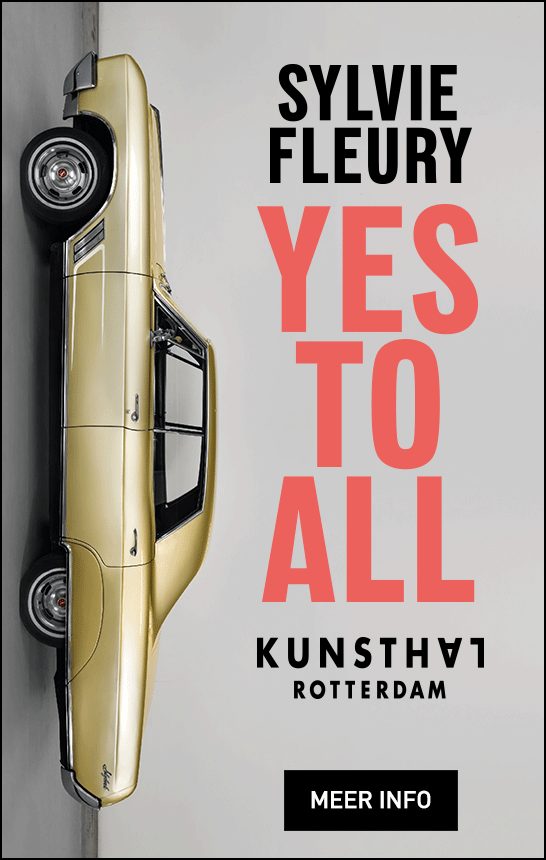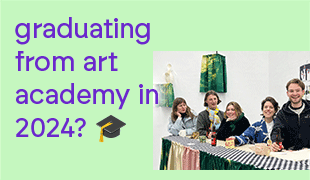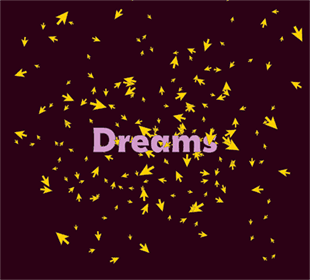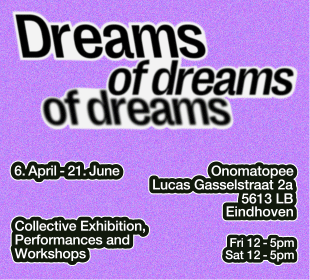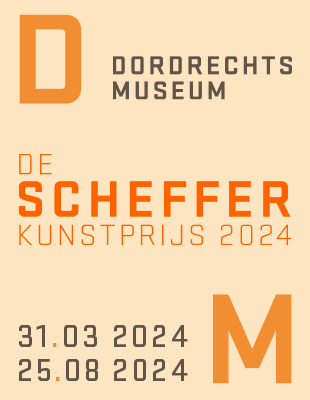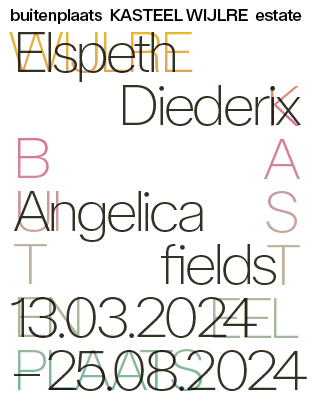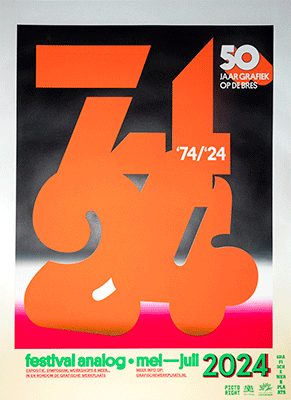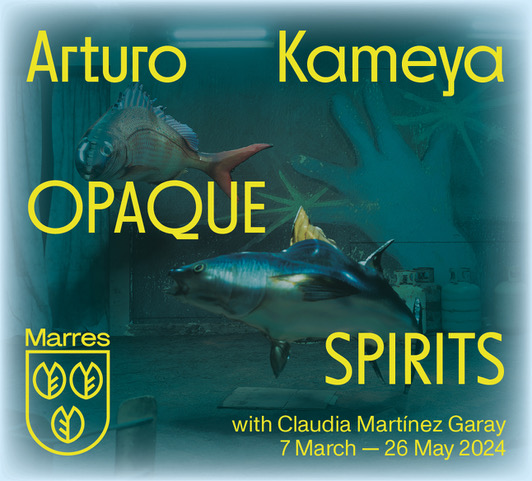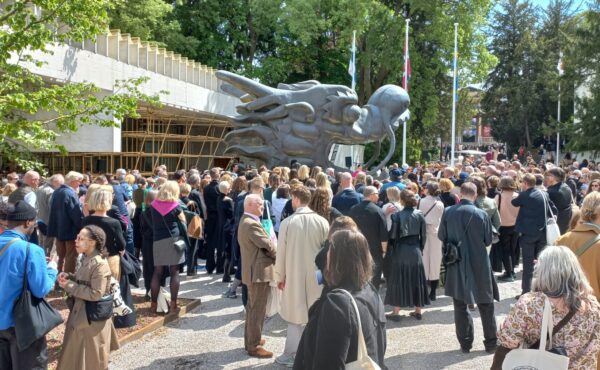
Vito Acconci passed away in New York
We are saddened to share the news that Vito Acconci passed away in New York on April 28th at the age of 77. He is survived by his wife Maria Acconci.
It is impossible to forget a first encounter with the work of Vito Acconci, who was born in the Bronx in 1940. Subversive, shocking and truly unique, he was one of the most inventive artists to emerge during the radical period between the late 1960s and mid-1970s.
Part of a generation that came on the heels of the Minimalists, Acconci’s art was a reaction against the “father-art” that he said he needed to kill. “Because Smithson went outside, I could go inside,” he told fellow artist Richard Prince in an interview for Bomb Magazine in 1991. “I had to go somewhere else—inside myself”.
His best-known bodily exploration was Seedbed (1972), which he described as a “prototypical Minimal-art space”— empty except for the “worm under the floor” (the artist himself, masturbating to the point of orgasm). In this notorious performance piece, Acconci lay naked underneath a specially constructed ramp in Sonnabend Gallery in SoHo, narrating his fantasies about the visitors walking above as speakers projected his voice around the gallery. Seedbed remains one of the cornerstone works of that period.

Acconci’s creativity was restless and his work straddled poetry, performance, sculpture, design and architecture. He had enrolled in the University of Iowa’s MFA writing program in the early 1960s, focusing on poetry.
Then, in 1968, he embarked on eight-year period in which he staged performances, made videos and took photographs that would have an outsize influence on his peers and later generations of artists. Some performances were so slight that they were barely visible, while others relied more on exhibitionism. All were characterized by an obsession with bodily limits and gender, outrage and existential anxiety.
For Following Piece (1969), a work that lasted almost a month, he trailed a different, random, person each day until they entered a private space he could not follow. In Trademarks (1970), he bit into his naked body as far as his teeth could reach before applying ink to the marks to turn them into stamps.
He made an abrupt switch in the mid-1970s, becoming an unorthodox architect who would go on to make unforgettable sculptures from a wide range of materials. He founded the Acconci Studio in 1988. His public art works—many of which were never realized—were provocative and memorable, while his architectural work combined sculpture, architecture and environmental art at once.
His best-known works include a collaborative building project with architect Steven Holl to transform the façade of Storefront for Art and Architecture in 1993, and Island in the Mur, for Graz, Austria (2003), a floating platform in the middle of the Mur river that was commissioned on the occasion of Austria’s being named as the European Capital of Culture.
Through the different manifestations of his creativity, Acconci brought his personality and politics to bear. “I hated the word artist,” he told The New York Times last year. “To me, even in the years when I was showing things in galleries, it seemed to me that I didn’t really have anything to do with art. The word itself sounded, and still sounds to me, like ‘high art,’ and that was never what I saw myself doing.”
Yet Acconci was one of the great artists, architects and makers of the Post-Pop era. Nonetheless, the retrospective of his work last year at MoMA PS1 was the first major show in the US in more than three decades. He was only recently beginning to be fully understood. The bodily failure of Acconci, an artist whose work was concerned with the body and its failures, comes too soon.
Source: Art Agency
